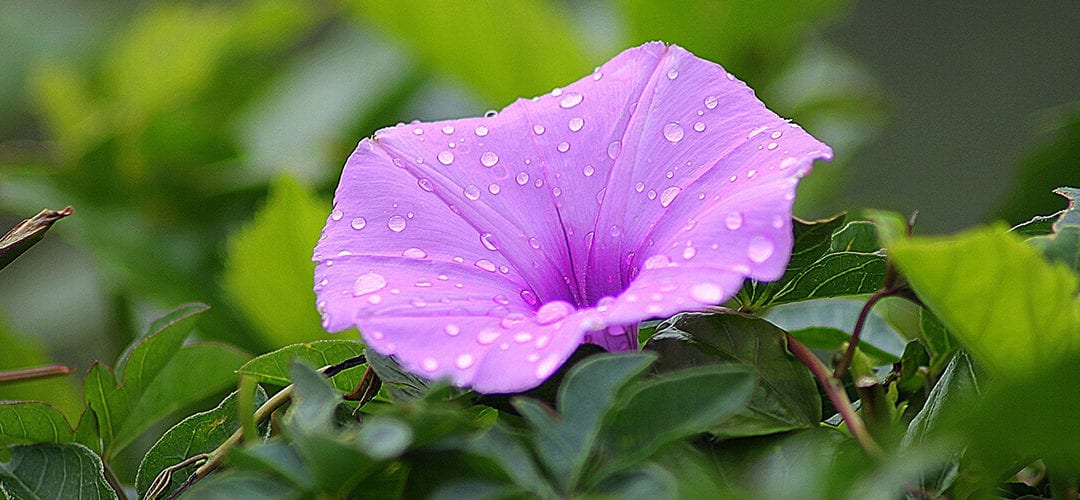Late in 2017, science journals reported that Japanese researchers had genetically manipulated morning glories, altering a single gene to turn violet-colored flowers white. The technology they used? The genetic editing tool CRISPR-Cas9, invented by American Jennifer Doudna of UC Berkeley.
“New gene-editing procedures open a whole new world of possibilities for flower breeding and development.”
Very simply, CRISPR (Clustered Regularly Interspaced Short Palindromic Repeats) snips the threads that hold blocks of DNA in sequence. When you find the precise trait you wish to alter, you snip the threads and replace it with a modified version. In practice, CRISPR behaves much like a vaccine that absorbs and mimics viruses to activate the immune response in animals.
For example, let’s say we find a gene pathway that controls ethylene vulnerability or one that relates to leaf yellowing. If we could turn off those genetic sequences, we could eliminate a couple of major problems in the floral world. And we could have an entirely new tool in the box to help flowers last longer and remain healthy, even as our industry grapples with evolving retail channels, new shipping methods and ever-increasing distances from farm to consumer.
CRISPR does not produce GMOs. A Genetically Modified Organism involves the insertion of foreign DNA into a genetic sequence. CRISPR, on the other hand, modifies the plant’s own internal DNA sequences. GMOs are heavily regulated, and the research costs are prohibitive. As a result, there was never much floral GMO research. These days the U.S. Department of Agriculture, which regulates GMOs, has decided not to regulate CRISPR. This greatly reduces the cost incurred in CRISPR research – in America. The European Court of Justice takes a different view: Alteration is alteration and shall be regulated.
Today, top breeders and technology firms are partnering for production and commercialization. When you consider that most of us had barely heard of CRISPR three years ago, its progress has been impressive. Back then, though you had to connect several dots to “get it,” you could tell it had promise. Doubters pointed out CRISPR’s “single-pathway” limitations, but advocates knew these could be overcome in time.
One key to its progress has been the industry’s willingness to support CRISPR research. Even in the early days, CRISPR’s lower costs were already evident. The American Floral Endowment (AFE)’s Technology Committee saw an opportunity to achieve significant bang for the buck. It quickly added CRISPR to its roster of allowable projects, and the grant money began to flow. For ornamentals, which had been absent from significant GMO research, it was a shot in the arm. Today, there are several CRISPR studies in progress, with more in the pipeline.
Of course, the science is still developing. The morning-glory team managed to highlight CRISPR’s strength (isolating a single gene) while also pointing out a major limitation (many traits you would wish to alter may involve altering several genetic sequences at once.)
Meanwhile, research answers questions and asks new ones. What if we turn off ethylene and somehow prevent bud opening or bring about some other adverse condition? Will we be able to dial back the results and split the difference?
Finally, how will these changes affect a floral industry that has been built on “the way things are”? If the biology of flowers changes, we will be forced to adjust our thinking and our products. Fortunately, this is a business that has always seen the unknown as an opportunity. And with research, healthy competition and the support of industry drivers like AFE, we can turn opportunity into success!

Jim Daly is vice president of Floralife & Research at Smithers Oasis/Floralife. He also is chairman of the American Floral Endowment (AFE).







